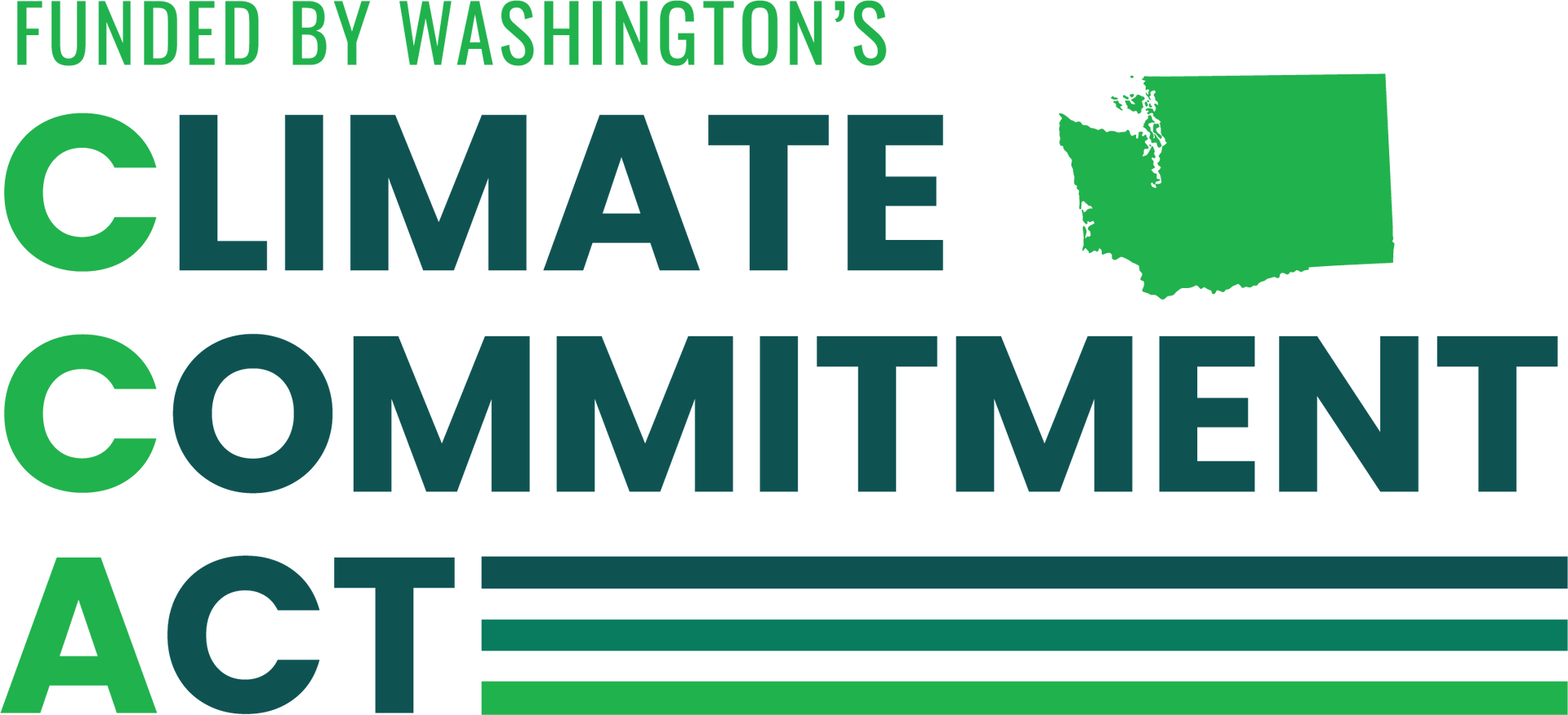Emergency Transportation Provider Network
Emergency Transportation Provider Network Overview
The Emergency Transportation Provider Network (ETPN) is a project of the Regional Alliance for Resilient and Equitable Transportation (RARET). The goal of the ETPN is to increase the availability of transportation for special needs populations during adverse weather or emergencies by having a collective regional network of providers in Snohomish, King, and Pierce Counties. As such, we seek to formalize procedures and increase the predictability of transportation provider operations during heightened conditions .
ETPN focuses on emergency events which often create time-sensitive environments where identifying and mobilizing transportation resources to serve the most vulnerable is challenging without preparation. Several factors contribute to this, including:
- A lack of up-to-date knowledge of transportation provider capacity and capabilities
- Providers often want to assist during emergencies but are not sure how to get involved
- Lack of cross-sector situational awareness
- End-users may not be connected with appropriate services in a timely manner
Addressing these concerns with a formalized network will mean the ad hoc transportation coordination during emergency responses will be replaced with a more coordinated and organized one. This will require an alliance of transportation providers, emergency managers, non-network providers, and government officials working together to coordinate on this effort. The result will be improved outcomes for end users in speed, availability, and accessibility of transportation services.
ETPN Guiding Principles
ETPN is based on a series of core ideals which are foundational to build the network. A PDF of the document is available here .
- Flexibility: With the support of RARET , partners within the network pledge to make a good faith effort to maximize their operational flexibility in times of emergency which may include increasing operations outside of their typical hours, service areas, or eligibility.
- Cross-sector Collaboration: ETPN partners are expected to work collaboratively to meet time sensitive needs during emergencies and to eliminate barriers between sectors such as transportation providers, emergency management, public health, human service providers, and more.
- Punctual Communication: Partners within this network will aim to communicate with others in a manner which enables rapid action as this is a vital component in an effective emergency response.
- Accessibility: is fundamental to serving those with access and functional needs and services will be optimized to best serve these needs during an emergency.
Frequently Asked Questions
Latest ETPN Documents:
As the ETPN work progresses this webpage will be the one place to hear the latest news and updates. Below is a list of helpful documents to reference.
- Guiding Principles: PDF of the Guiding Principles found on this page with additional explanations.
- ETPN FAQ: The PDF of the FAQ found on this page
- ETPN Summit Notes: This launch event was held on June 24th, 2022 with the support of the National Center for Mobility Management. At this event, participants engaged in discussions and helped craft the initial phase of ETPN development.








